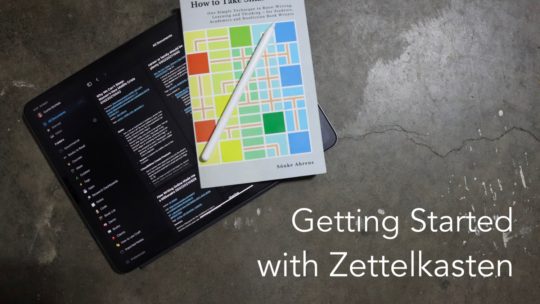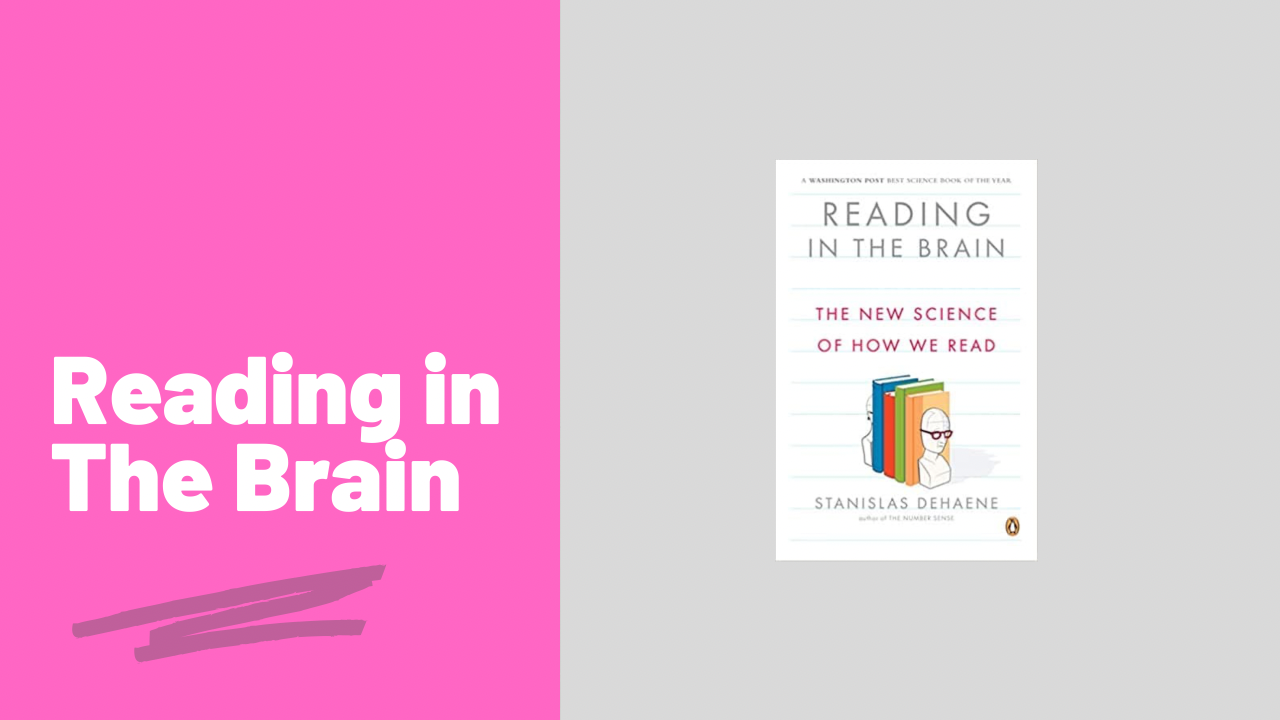Right from the get-go, Stanislas Dehaene tells us why he wrote Reading in the Brain because most of us understand more about how our car works than we understand about how our brain works1. His goal is to change that.
He actually wants to go a bit further than that by working to explain why our brain seems suited to reading, even though reading was only invented a few hundred years ago2. It’s not like we evolved the capability to read the day a book came out, so what in our biological history gives us the power to read?
The Mechanics of reading
Mechanically, only the fovea at the center 15 degrees of our visual space is high enough resolution to read3. If there is damage to this small visual window or some other genetic limitation, then reading will be impossible because we won’t have the visual acuity to process words.
As we read we move our eyes in little jumps called saccades4. The distance of each saccade is 9 letters, though training can change this if we want to read faster5.

Getting Started with Zettelkasten
If you’ve been wondering about what Zettelkasten is and how to start organizing your notes with this excellent system then this course is for you. I’ll walk you through how I use this system to develop my reading research for posts like this one here. You can also become a member to get all my courses.
$99 USD (30-day guarantee)
An interesting point about our visual acuity as it pertains to the type of language we read. Those that read left-to-right can perceive more letters in the direction they read. This phenomenon flips for those that read languages that are right-to-left6. We train our eyes and brain to have more acuity to help us read more effectively.
Learning to Read
Dehaene also talks about the levels of reading acquisition. The first is simply pictorial recognition7. You’ll see this in young children recognizing signs and “reading” them to you. They’re merely associating the sign as a picture with a word. If you put the same word on a different sign, they’d have no idea what it is. They are also easily confused between words that are similar because the pictures look close enough to fool them.
Stage 2 is when children learn to decode the sounds that make up a word8. Reading is slow going as they encode more letter combinations and rules of their language.
The third stage of learning to read is orthographic, which means that reading is almost instant because you have a large set of sounds encoded for easy retrieval9. The more sounds you have encoded, the faster you can read and the more easily you can decode novel words you’ve never seen before.
Our Biological History
Chapter three is where Dehaene addresses how our brains adapted to reading via a process called exaptation. This is the term when some ancient mechanism is adapted to play a role other than what it was originally evolved for. Unfortunately, this is also the chapter where I was getting so bored that I have no more notes on what pathways are involved.
But the exaptation stuff was cool and I looked more into that idea specifically in other realms I’ll talk about at some point in the future.
So…moving on.
Should You Read Reading in the Brain by Stanislas Dehaene?
I’m going to go with no on this one. Yes it has lots of information, but boy is the book boring. I’m not sure I have a much better understanding of how the brain works in comparison to how my car works after reading the book. In large part because it was so boring to read.
Sure if you’re into brain scans and want to dive into the weeds of brain chemistry, this has that for you. But I don’t want that and will not be keeping this book in my library.
